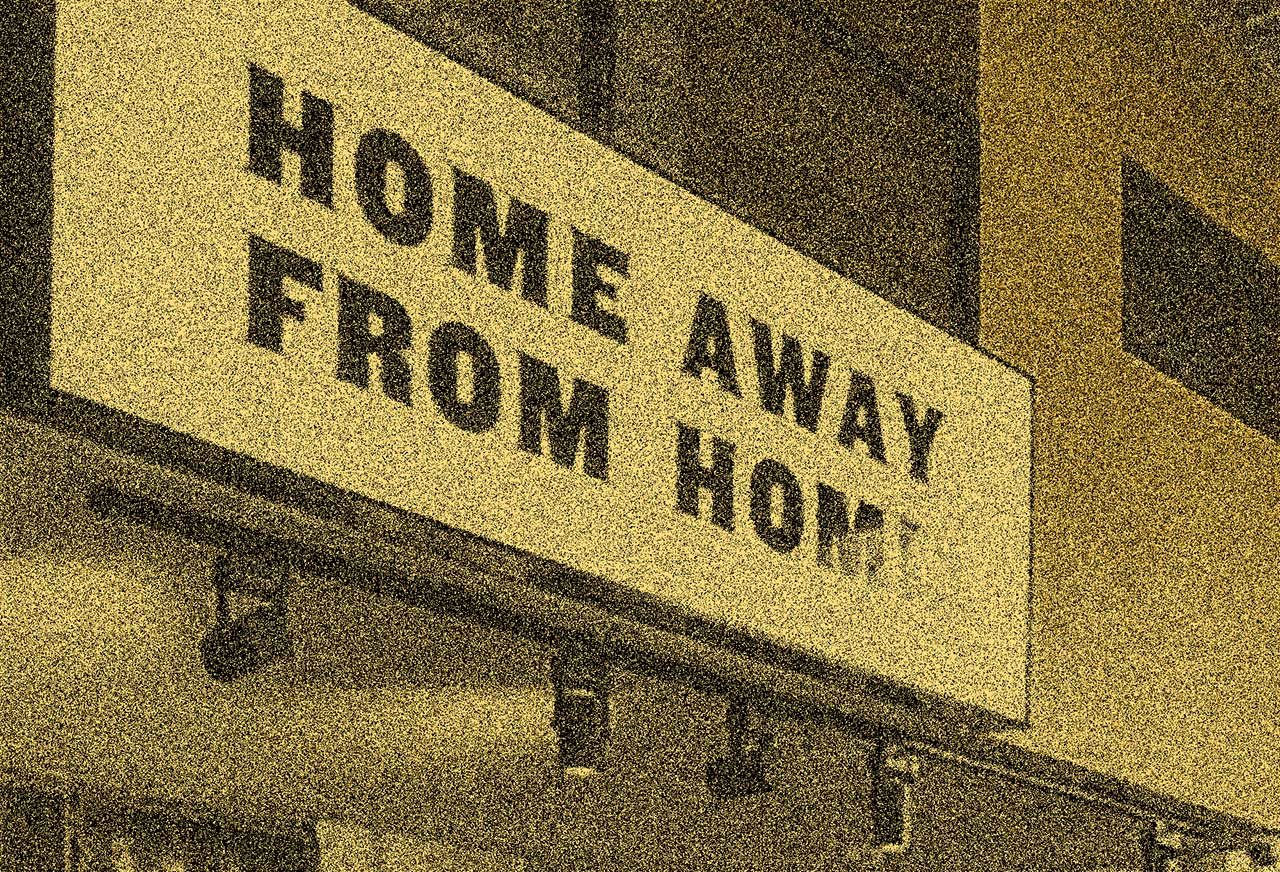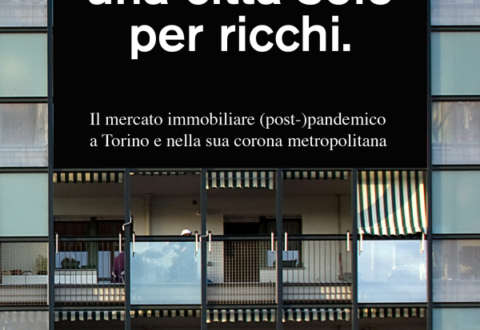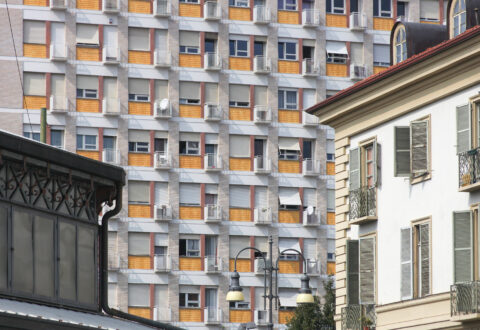New Domestic Rentscape
A Critical Insight into Middle-class Housing
New Domestic Rentscape aims to investigate the transformative potential of the existing Italian residential real estate and its capability of absorbing new collective housing models such as co-living.
What spatial and economic limits might a densification process face? What flexibility is there in the real estate of institutional landlords? From a historical perspective, how did the domestic rentscape of the middle classes change in terms of standards and narratives? This dissertation aims to investigate these research questions through the lenses of spatial manipulation. Rather than providing a toolkit of problem-solving scenarios, the main objective of this research is to highlight the paradoxes and consequences of a positivist approach.
The dissertation is structured into two parts. The first part gives a theoretical framework and a review of the social and architectural models developed within the context of private rent and middle-class housing. The second part uses the specific case study of Italy to evaluate a critical insight on the issues of intensification and renovation of private residential real estate.
Year
2020
Author
Departments
DAD
Tags
#Architecture #NewHousingIssues
Type
PhD research




